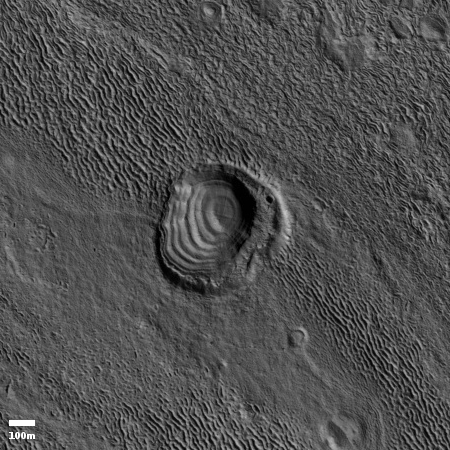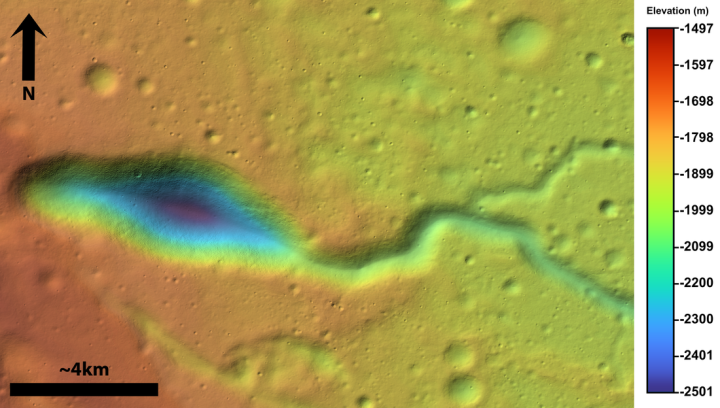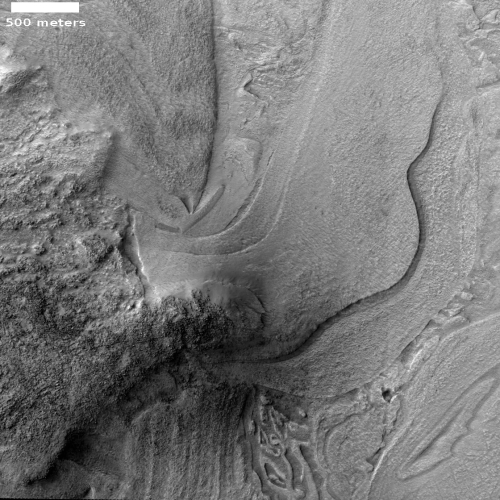United Kingdom partnership buys bankrupt OneWeb
Capitalism in space? A partnership between the UK government and an Indian company operating in the UK has purchased the bankrupt satellite company OneWeb for $1 billion.
The decision for the U.K. government to purchase OneWeb came with few details about when satellite launches will resume and exactly what the OneWeb satellites will now be used for and even who will have access to them once launched.
The overall deal is worth $1 billion USD, with the U.K. government and Bharti Enterprises Ltd. (an Indian-based company with an operational arm in the U.K.) each committing $500 million USD to the acquisition deal.
The buy-out is expected to close by the end of the year and will represent a 90% overall stake in OneWeb, with the organization’s original investors maintaining a 10% share according to reports from Bloomberg News.
The Johnson government has indicated it wishes to use the OneWeb constellation, still incomplete, as some sort of navigational tool, like GPS. The problem is that the satellites were not designed for this, but for providing internet service.
The article provides a good overview of the questions raised by this government decision. It is hard to figure how this purchase makes sense for the UK government. The impact however on one of OneWeb’s launch providers, Russia, could be very negative. OneWeb was going use a lot of Soyuz rockets to get its satellites off the ground, and had become practically the only commercial customer Russia still has. It is unclear what will happen now with that contract deal.
Capitalism in space? A partnership between the UK government and an Indian company operating in the UK has purchased the bankrupt satellite company OneWeb for $1 billion.
The decision for the U.K. government to purchase OneWeb came with few details about when satellite launches will resume and exactly what the OneWeb satellites will now be used for and even who will have access to them once launched.
The overall deal is worth $1 billion USD, with the U.K. government and Bharti Enterprises Ltd. (an Indian-based company with an operational arm in the U.K.) each committing $500 million USD to the acquisition deal.
The buy-out is expected to close by the end of the year and will represent a 90% overall stake in OneWeb, with the organization’s original investors maintaining a 10% share according to reports from Bloomberg News.
The Johnson government has indicated it wishes to use the OneWeb constellation, still incomplete, as some sort of navigational tool, like GPS. The problem is that the satellites were not designed for this, but for providing internet service.
The article provides a good overview of the questions raised by this government decision. It is hard to figure how this purchase makes sense for the UK government. The impact however on one of OneWeb’s launch providers, Russia, could be very negative. OneWeb was going use a lot of Soyuz rockets to get its satellites off the ground, and had become practically the only commercial customer Russia still has. It is unclear what will happen now with that contract deal.



